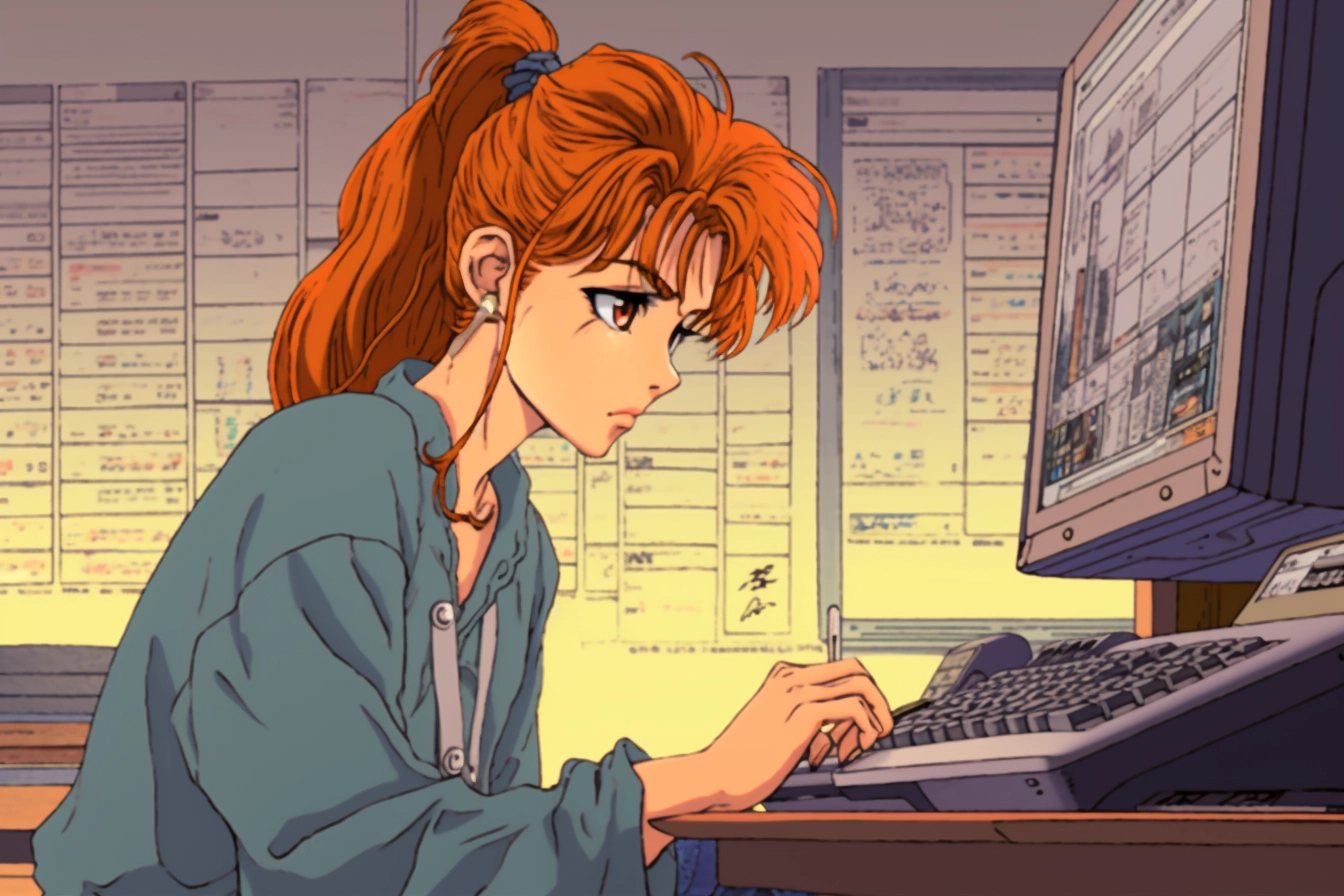Web design, as an ever-evolving field, has witnessed a remarkable transformation throughout its relatively short history. The journey through time is a testament to the technological advancements, changing user preferences, and evolving design philosophies. In this essay, we’ll explore the history of web design trends from its humble beginnings to the present day, highlighting key milestones and influential trends that have shaped the way we experience the internet.
The Early Days: Simplicity and Static Pages
Web design began in the early 1990s with simple, text-based websites. These static pages were primarily informational, with a basic layout, minimal graphics, and limited interactivity. The primary focus was on conveying content efficiently, as internet speeds were slow and web development tools were limited. Design choices were often constrained by these technical limitations, resulting in a minimalist aesthetic.
The Rise of Flash: Animation and Interactivity
The late 1990s and early 2000s saw the emergence of Flash technology. Flash allowed for interactive animations, multimedia elements, and a more dynamic user experience. Websites became visually engaging, featuring animated intros and interactive navigation menus. However, this trend came with drawbacks, such as longer loading times and limited accessibility for users with disabilities.
Web 2.0: User-Centered Design and Rich Media
The mid-2000s marked the Web 2.0 era, characterized by user-centered design principles and the integration of rich media. This period witnessed the birth of social media platforms and the rise of user-generated content. Web design trends shifted towards cleaner, more intuitive interfaces, incorporating bold colors, gradients, and rounded corners. Notable examples included the minimalist design of Google and the emergence of AJAX technology for seamless content loading.
Responsive Web Design: Adapting to Multiple Devices
With the proliferation of smartphones and tablets in the late 2000s and early 2010s, responsive web design became a necessity. This design trend aimed to create websites that adapt seamlessly to various screen sizes and resolutions. Flexible layouts, fluid grids, and media queries became essential tools for web designers. This shift in design philosophy placed user experience at the forefront.
Flat Design: Aesthetic Minimalism
The flat design trend, popularized in the mid-2010s, emphasized simplicity, minimalism, and the removal of three-dimensional elements. Designers embraced clean lines, bright colors, and iconography. Flat design, as seen in the Windows Metro interface and Apple’s iOS 7, marked a shift away from skeuomorphism and towards a more modern and digital aesthetic.
Material Design: Realism and Motion
Google introduced Material Design in 2014, focusing on realism, depth, and motion. It emphasized the use of shadows and transitions to create a sense of hierarchy and interactivity. Material Design’s principles were adopted by many, leading to a more unified design language across web and mobile platforms.
The Present and Beyond: UX, Accessibility, and AI
In the present day, web design trends continue to evolve. User experience (UX) is paramount, with a strong emphasis on intuitive navigation, fast load times, and mobile optimization. Accessibility is also a growing concern, with a push for inclusive design that accommodates users with disabilities.
Artificial intelligence (AI) is becoming an integral part of web design, enabling personalized content recommendations, chatbots, and data-driven design decisions. As we look to the future, trends such as immersive web experiences through augmented reality (AR) and virtual reality (VR) are expected to shape the next chapter in web design.
The history of web design trends reflects the dynamic nature of the internet and the ever-changing expectations of users. From the simplicity of the early days to the user-centric, responsive, and interactive designs of today, web design has continuously adapted to technological advancements and user preferences. As we move forward, web designers will continue to innovate, creating immersive, accessible, and user-centered web experiences that push the boundaries of what is possible in the digital realm.
Are you ready to establish a powerful, visually stunning, and highly effective online presence for your business in the vibrant Singaporean market? Look no further! We are Singapore’s premier Website Design Agency, committed to turning your digital dreams into a reality that drives growth and success.

